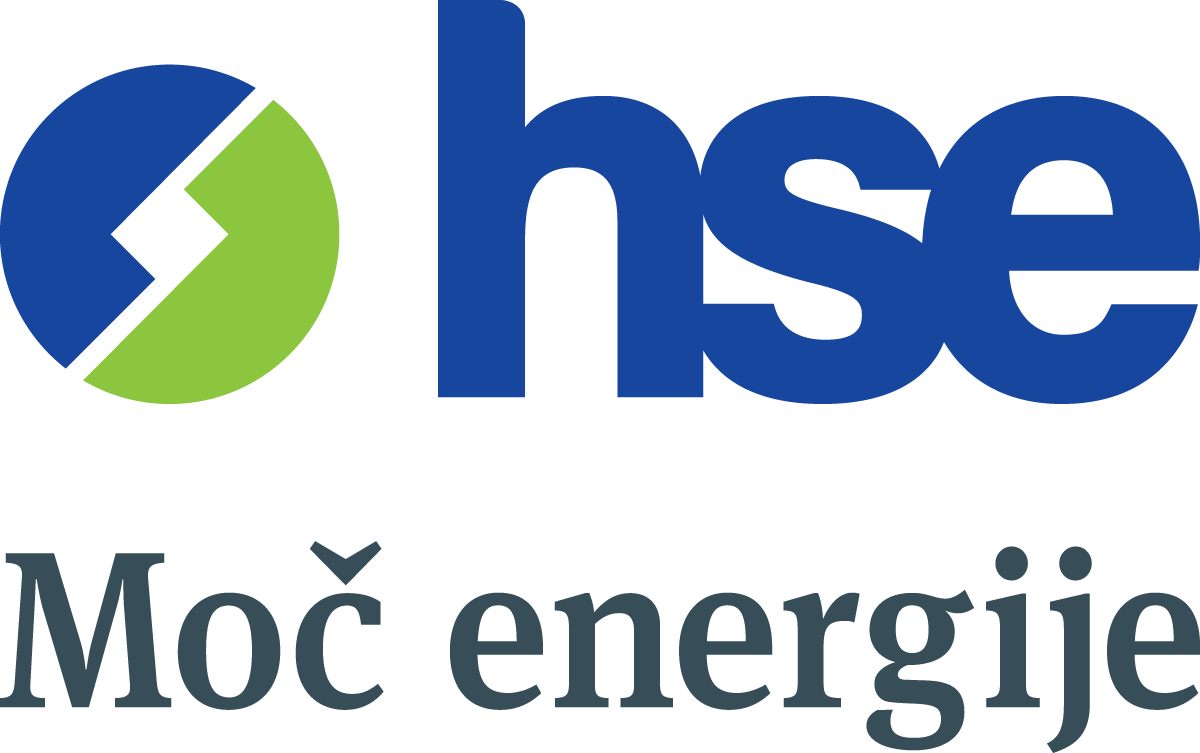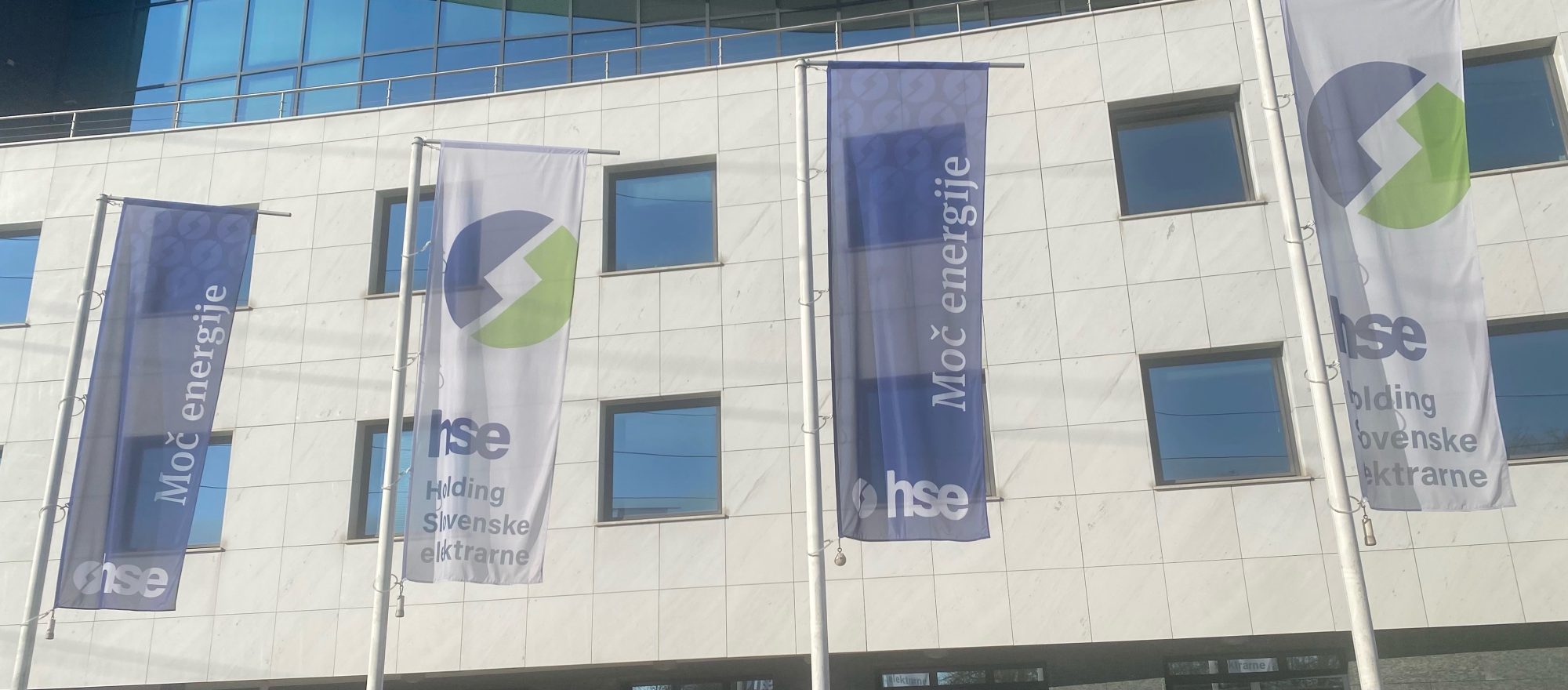(Source: STA; www.sta.si; journalist: Jure Bernard)
TEŠ and the Velenje Coal Mine will continue to operate in the coming years. The main objective will be heat generation, but TEŠ will also generate electricity and sell it on the market. Layoffs are not anticipated due to this change in the regime. However, a section of the coal mine will be closed, said Tomaž Štokelj, CEO of HSE, to STA. How long this period will last is not yet known.
The gap between the cost price of electricity from the Šoštanj Thermal Power Plant (TEŠ) and market prices is too great for Holding Slovenske elektrarne (HSE), the group which also includes TEŠ and the Velenje Coal Mine, to justify the financing of TEŠ in the amount of its cost price. Such financing would constitute illegal state aid, explained Tomaž Štokelj, CEO of HSE, in an interview for STA.
Between 2013 and 2020, HSE earmarked EUR 953 million for both companies through recapitalisation. Due to changes in the electricity market, it was impossible to ensure the means of operation as early as 2021; however, the operations were “saved” that year by the settlement with GE, as the successor of Alstrom, which paid EUR 260 million to TEŠ, mostly in cash and partly in credit notes for future overhauls.

As a result of the war in Ukraine and the subsequent energy crisis, electricity prices increased significantly in 2022 and HSE changed its business operations in such a way that it paid TEŠ the cost price of electricity generated with a certain markup (cost plus method). This method enables the coverage of the operating costs of TEŠ and the coal mine if the average cost price in a three-year period is not higher than the average market price in the same period. The crisis year of 2022 and the attendant high electricity prices increased the average market price in 2023 and 2024, which will be well below the cost price in 2025, stated Štokelj.
This year, HSE has, with the help of local and foreign experts, examined various options regarding how to prevent the foregoing as, otherwise, more than 35,000 people, healthcare and other public institutions and the economic sector in the region would be left without heating. To assign TEŠ the activity of public service of heat provision proved to be the only solution, as TEŠ is the only heating source in the valley, and this function cannot be replaced in the short term. It is estimated that between EUR 150 and 200 million annually will be necessary for the smooth operations of both companies, an amount which would be provided directly from the state budget.
Upon the announcement of the emergency law to enable the establishment of this public service, line minister Bojan Kumer said that he would do everything in his power to primarily utilise the profits of energy companies for this purpose. Štokelj emphasised that the Slovenian Sovereign Holding (SSH), which will take over the management of TEŠ and the Velenje Coal Mine, will assess the amount of profits the energy companies need for their further investments and the amount to be paid out in the form of dividends. Štokelj said that HSE will pay EUR 100 million of dividends into the state budget in October.
The operations of TEŠ will be primarily subject to heat provision. Nevertheless, between 1 and 1.3 terawatt hours (TWh) of electricity will still be generated annually (the production amounted to 2.7 TWh in 2023). “To minimise the state aid for TEŠ as much as possible, we’re striving to find a solution that will enable TEŠ to further operate at times when the electricity price in the market exceeds its cost price. To this end, the production of TEŠ could exceed 1.6 TWh in 2025. TEŠ would have to sell the electricity thus generated in a transparent manner to mitigate possible negative effects on the competition,” explained Štokelj.
With regard to the coal mine, further production in the Preloge pit is anticipated, while closure works will start in the second active pit, Pesje. In the latter pit, the coal is of poor quality and it lies under the barrier between the lakes Velenje and Družmirje, which is subsiding due to mining and must be filled in. Coal production would amount to 1.7 million tonnes in 2025 and gradually decrease to 1 million tonnes a year. The employees would be engaged in either coal extraction or closure works.
Layoffs are not anticipated in TEŠ nor in the Velenje Coal Mine, while the majority of employee departures would not be substituted. At the end of 2023, TEŠ employed just over 300 people. In the entire Group, the Velenje Coal Mine employed some 2,000 people, fewer than 1,200 of whom were employed by the parent company, some 750 by HTZ Velenje, 35 by Sipoteh and fewer than 30 by PLP Lesna industrija.
How long both companies will operate for the requirements of heat provision is not yet known. The year in which TEŠ will stop operating as a public service will be indicated in the emergency law that is being drafted, said Štokelj, adding that the current arrangement will most likely apply until the provision of an alternative heating source.
The elimination of TEŠ and the coal mine from HSE does not mean that the holding is renouncing energy projects in the Šalek Valley, emphasised Štokelj, who went on to say that all projects will be carried out by the HSE Sa-Ša company with the registered office in Šoštanj, which will be established soon and could participate in the provision of alternative heating sources based on an appropriate agreement with Komunalno podjetje Velenje.
According to Štokelj, the basis for the majority of projects in the Šalek Valley is the floating solar power plant on Lake Družmirje, which could provide cost-efficient energy for a heat pump for district heating for most of the year. One of the possibilities for fulfilling the greater needs for thermal energy in the winter months is the installation of a multi-fuel boiler which would run on biomass and also use solid recovered fuels (SRF), if the local community gives its consent. If using the latter, the price of heating would be more competitive. But this option is currently being rejected in the valley, noted Štokelj, adding that the use of biomass alone inevitably increases the price of thermal energy compared to the current price. Another option is the use of gas turbines and their upgrade.
HSE plans extensive investment in renewable energy sources. The investment programme is worth some two billion euros. Larger investments include the 440 MW Kozjak Pumped-Storage Hydro Plant, which will cost between EUR 600 and 650 million. Its construction is to begin in 2027. There is also the renovation and reconstruction of the Formin Hydroelectric Power Plant, which will enable its further operation and cost some EUR 150 million, and the construction of three hydroelectric power plants on the middle section of the Sava River. Investment also includes the construction of three wind farms in Rogatec, Paški Kozjak and Ojstrica.
In addition to the 140 MW floating solar power plant in Šoštanj, solar power plants will also be installed on the canals of the existing hydroelectric power plants on the Drava River and next to the reservoir of the Avče Pumped-Storage Hydro Plant, at dumps and landfills in the Štajerska and Primorska regions and in Prapretno, for which a building permit is expected to be issued for two farms shortly. HSE is also working on geothermal energy, hydrogen technologies and battery storage, and the development of e-mobility and services for active consumers, said Štokelj.
In connection with the objections to the plans regarding TEŠ and the coal mine expressed by a section of the local community, Štokelj explained that he understood that changes trigger feelings of discomfort for some people, but he believed that a certain range of objections came from the supporters of the Unit 6 project, since the amount necessary for subsidising the operations of both companies, which was so far covered by HSE, will be made public. He highlighted that all options were examined and, based on expert opinion, the proposed solution was the only one that is feasible in a way that complies with EU state aid rules. The local community was also asked to provide possible alternative solutions, which HSE was willing to examine, but none have yet been received, he said.
With regard to substituting the role of TEŠ in the electricity system, Štokelj explained that, based on the analyses of ELES, the combined transmission and distribution system operator, no problems should occur in the electricity supply without TEŠ under normal conditions. Moreover, the proposed solution denotes the further operation of TEŠ and if the situation demanded it, Unit 6 could be brought up to full capacity relatively quickly. Later on, TEŠ could remain in cold standby for a few years with its stock of coal, ready for several months of operation if tough market conditions required its restart. “The construction of additional renewable energy sources must absolutely be accelerated, because the new nuclear power plant will not be in the network before 2040,” said Štokelj.
He does not object to the idea that HSE could participate in the investment in the second reactor unit of the Krško Nuclear Power Plant (JEK2). He also supports private initiatives providing investments of their own funds, but this should be done without government guarantee. “When all the data is known regarding JEK2 and if the suitable profitability of the project is demonstrated, we’ll be happy to invest,” said Štokelj.
He assesses that electricity prices for households in 2025 will be lower than at present for the unregulated 10 per cent of consumption. He expects a slight increase of the average price for the remaining 90 per cent of consumption, which will not be the same as the Government assured with price regulation, but he expects no drastic increases.








